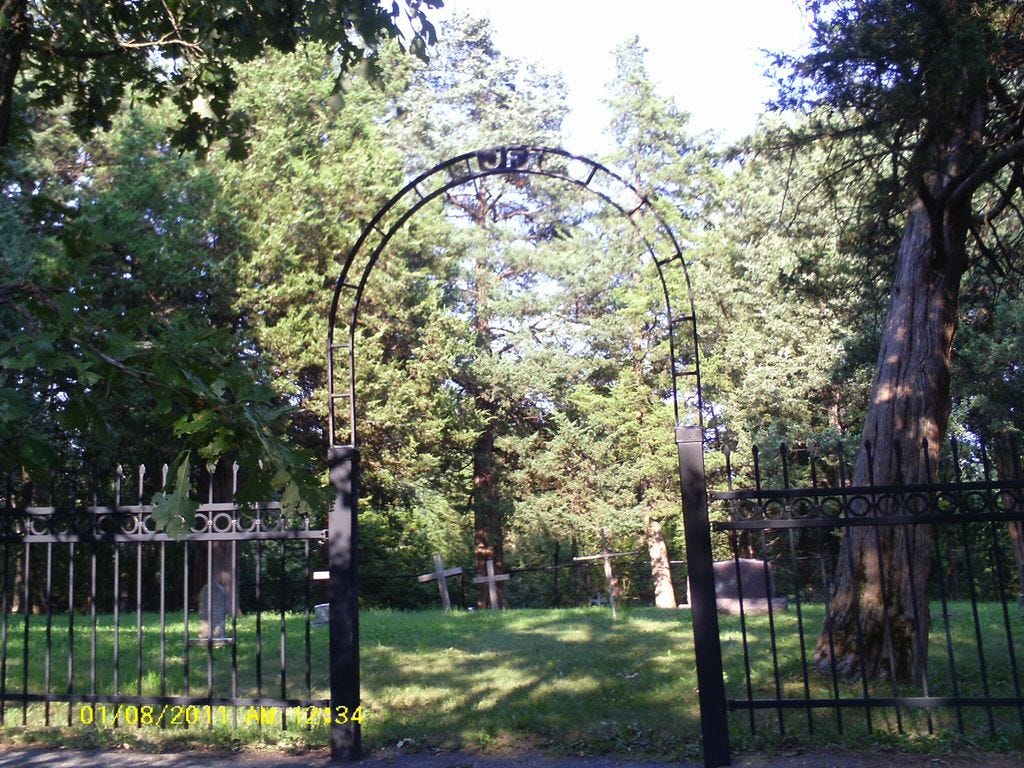I am but one of many descendants of the 1.3 million Swedes who came to the United States between 1850 and 1950. A rapidly growing population, less farmland, and repeated crop failures pushed Swedes to emigrate as much as free land, big timber, and opportunity pulled them to America. Today, Minnesota has the largest population of Swedish Americans in the United States.
But who was the first Swede in Minnesota? I didn’t realize the relevance of the question until I found the answer after falling down a research rabbit hole this summer. Like Alice in Wonderland, I felt like I grew smaller and my world got bigger. But I’m getting ahead of myself.
The same year Chief Ay Ash Wash (1795-1899) was born on Lake of the Woods, Jacob Fahlström (1795-1859) was born in Stockholm. Young Jacob became a cabin boy and left on a ship his uncle captained, headed for England. According to legend1, the ship wrecked and young Jacob survived; his uncle did not.
Fahlström by the age of 12 had found his way to London and in the summer of 1807 set sail on an expedition to Hudson Bay with Thomas Douglas, the Fifth Earl of Selkirk, from Scotland. Lord Selkirk sought to secure a new location to establish a Scottish colony.
After Jacob arrived at the Hudson Bay trading post, he walked into the wilderness to go hunting and ended up getting lost. He had gone eight days without food when an Ojibway woman found him and took him in.
She named him Ozaawindib. In Ojibway, it means yellow head.
Jacob Fahlström learned her language. Her dress. Her customs.
Lord Selkirk returned to Scotland without him.
But Selkirk returned in 1811 after the Hudson Bay Company granted him more than 100,000 square miles — an area five times larger than Scotland — to establish an agricultural settlement in this region which included Lake of the Woods. It became known as the Assiniboia District and on the roster of those listed in residence in the Selkirk Settlement in 1812 appears the name of Jacob Fahlström.
Lord Selkirk had believed emigration the only viable solution for the plight of his kin and clan since the Clearances of the Scottish Highlands. Because they could earn more from renting land for grazing sheep than for growing crops, Scottish landowners converted to ranching. And farmers lost the means to support themselves. Some landlords like Selkirk paid the fares for their tenant farmers to emigrate because they had become paupers.
By the time Selkirk returned to Hudson Bay with settlers in 1812, Ozaawindib had learned how to trap beaver, paddle a canoe, fish, portage, and navigate by the stars. He traded and traveled from village to village, gathering fur pelts. He worked for the Hudson Bay Company and then for the American Fur Company out of Duluth, then called Fond du Lac.
He knew Swedish and English and learned French. He spoke Ojibway, Cree, Dakota, and several Haudenosaunee languages in his travels through Minnesota and down the St. Croix River.
Following the Treaty of 1818, the border between the United States and British North America was redrawn and the lands south of the 49th parallel ceased to be a part of the Assiniboia District. The British Crown agreed to cede this territory to the United States.
So the “first Swede in Minnesota” had been in Assiniboia before it became part of the United States and forty years before Minnesota became a state.
Ozaawindib continued to expand his trade route and traveled south to Bdote [where the waters gather], at the confluence of the Minnesota and Mississippi Rivers. In 1805, U.S. Brigadier General Zebulon Pike had established a military fort there.
Pike had been sent on orders from Washington, DC, to stop the British from further land acquisition in the Northwest Territories and to curtail their influence in the fur trade. After the borders were redrawn, the mission of the military fort changed: prevent white settlers from further land encroachment into Indian terrritories before treaty agreements are signed. U.S. treaties with Indian Nations, as much as they were about land acquisition, also gave exclusive trading rights to white men approved by the US government as business partners to serve as Indian agents2.
Zebulon Pike had claimed the land near the confluence of the rivers for his initial military fortification and construction began in 1820 on the permanent structures at Fort Saint Anthony (renamed Fort Snelling in 1825). Jacob Fahlström supplied wood for the fort and had a contract to provide mail service from the fort north to Lake Superior and points northwest of Fond du Lac.
It was in Fond du Lac (Duluth), where Jacob Fahlström married Marguerite Bonga in 1823.
When I discovered Jacob Fahlström’s gravesite is less than five miles from the Afton Memorial Lutheran Church cemetery where my parents are buried, a memory of my dad came rushing back to me.
A couple years after Mom died and shortly before he gave up his driver’s license, Dad had taken me out for supper when I’d come to visit. His erratic driving behavior on the freeway — speeding, changing lanes without signalling, veering onto the off-ramp — had alarmed me. I let him know how anxious it had made me feel before we ordered from the menu. I suggested he give me the keys. He told me I could walk home if I didn’t want to ride with him. We ate without much conversation.
He drove the backroads home, passing by open farm fields. He pointed off to the right to a grove of trees and said he knew the first Swede in Minnesota was buried over there. I didn’t see anything. I didn’t ask any questions. I didn’t argue. All I cared about was getting home safely.
As I replay the memory, I finally see he was thinking of me when he took the long way home. He let me know he knew a little something in which we were both interested: history and the story of Jacob Fahlström.
This rabbit hole is deep and not all sources are credible. I have avoided including anything in the story that hasn’t been corroborated by at least three sources, though none of these second and third-hand accounts offer an entirely credible account. Sources include: Alexander Begg's Red River Journal and Other Papers Relative to the Red River Resistance of 1869-1870. New Light on the Early History of the Greater Northwest. The Manuscript Journals of Alexander Henry, Fur Trader of the Northwest Company and of David Thompson, Official Geographer and Explorer of the Same Company Exploration and Adventure Among the Indians on the Red Saskatchewan, Missouri, and Columbia Rivers, (Ed. Elliott Coues), Vol. 1, The Red River. Henry Schoolcraft, Narrative journal of travels through the northwestern regions of the United States : extending from Detroit through the great chain of American lakes to the sources of the Mississippi River, performed as a member of the expedition under Governor Cass. In the year 1820. More recently, historians have returned to these original source materials and provided additional contextualization. See especially: Alicia Puglionesi, In Whose Ruins: Power, Possession, and the Landscape of the American Empire (Scribner, 2022). Greg Seitz, “Scandinavian wanderer settled in St. Croix Valley long before most immigrants,” St. Croix 360, Feb. 20, 2024. Barry Babcock, Bonga: A Safe Abode in the Wilderness (2023).
Martin Case, The Relentless Business of Treaties: How Indigenous Land Became U.S. Property (Minnesota Historical Society Press, 2018).








Thank you for sharing your continuing research journey. I knew nothing of this history and love that your dad knew about the old cemetery and pointed it out to you--and connects to this story and your research in that personal way. I'm also glad you didn't get killed driving with your dad and I assume you got those keys from him right away.
The redistributed lands of the Assiniboia District became the basis for the Red River settlement, which in turn was eventually to grow into the city of Winnipeg, Manitoba, Canada (where I live).